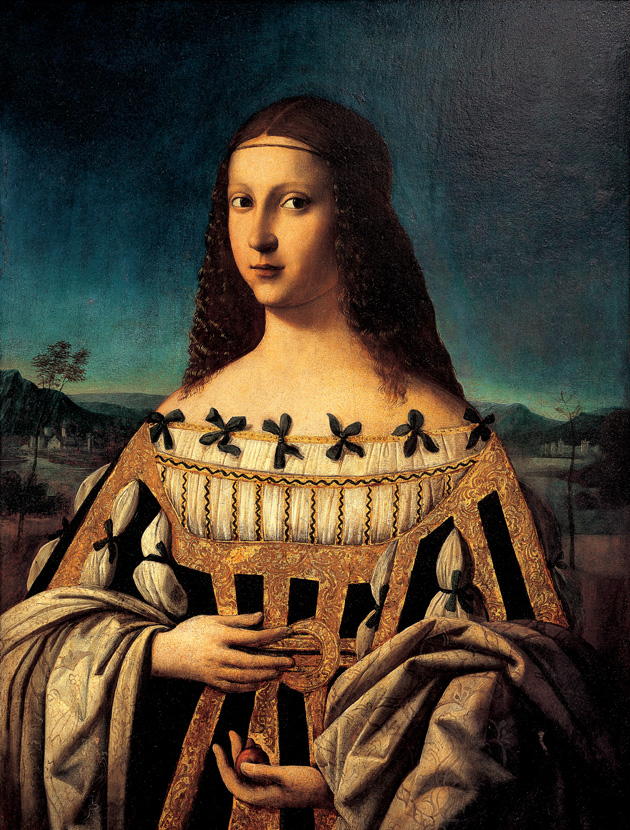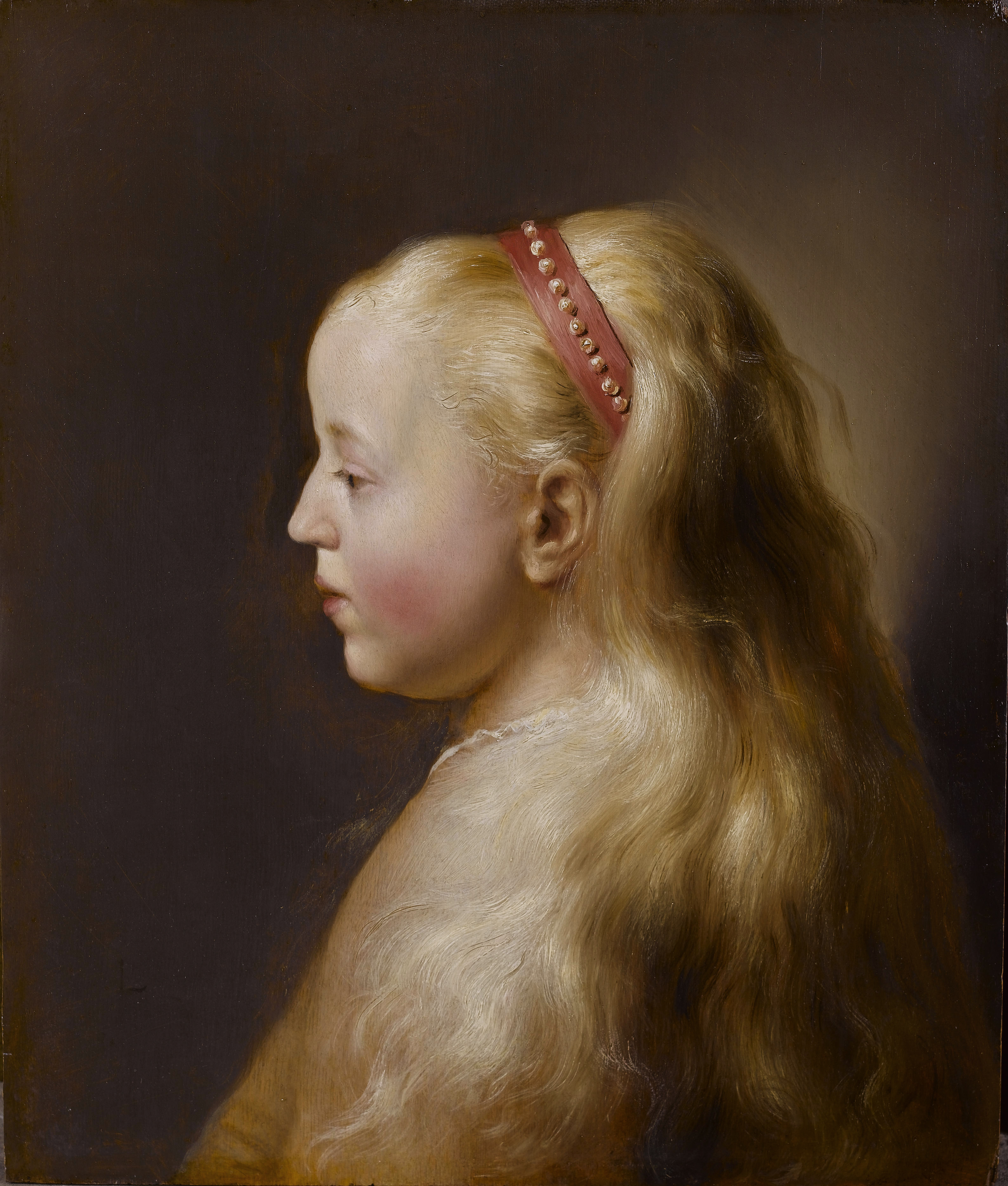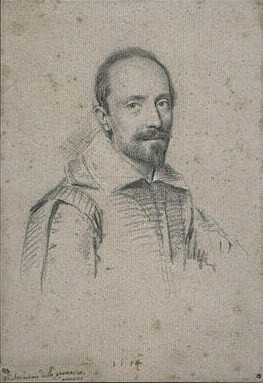|
Snite Museum Of Art
The Snite Museum of Art is the fine art museum on the University of Notre Dame campus, near South Bend, Indiana. With about 30,000 works of art that span cultures, eras, and media, the Snite Museum's permanent collection serves as a rich resource for audiences on campus and beyond. Through programs, lectures, workshops, and exhibitions, the museum supports faculty teaching and research and provides valuable cultural opportunities for students and visitors. Students play an active role in programming in their capacities as gallery guides and as student advisory members. History The Bishops Gallery and Museum of Indian Antiquities established about 1875 in the Main Building, preceded the current Snite Museum building which was constructed in 1980. By 1924, the Wightman Memorial Art Gallery had opened in Bond Hall. In 1952, O'Shaughnessy Hall, home of the Notre Dame College of Arts and Letters, included exhibition galleries. During the 1950s, Croatian sculptor Ivan Meštrović was ... [...More Info...] [...Related Items...] OR: [Wikipedia] [Google] [Baidu] |
University Of Notre Dame
The University of Notre Dame du Lac, known simply as Notre Dame ( ) or ND, is a private Catholic university, Catholic research university in Notre Dame, Indiana, outside the city of South Bend, Indiana, South Bend. French priest Edward Sorin founded the school in 1842. Campus of the University of Notre Dame, The main campus covers 1,261 acres (510 Hectare, ha) in a suburban setting and contains landmarks such as the Main Building (University of Notre Dame), Golden Dome, the Word of Life mural, ''Word of Life'' mural (commonly known as ''Touchdown Jesus''), Notre Dame Stadium, and the Basilica of the Sacred Heart (Notre Dame), Basilica. Originally for men, although some women earned degrees in 1918, the university began formally accepting undergraduate female students in 1972. Notre Dame has been recognized as one of the top universities in the United States. The university is organized into seven schools and colleges. Notre Dame's graduate program includes more than 50 master, d ... [...More Info...] [...Related Items...] OR: [Wikipedia] [Google] [Baidu] |
Adoration Of The Magi (Gentile Da Fabriano)
The ''Adoration of the Magi'' is a painting by the Italian painter Gentile da Fabriano. The work, housed in the Uffizi Gallery in Florence, Italy, is considered his finest work, and has been described as "the culminating work of International Gothic painting". The artwork was commissioned by the famous banker Palla Strozzi and incorporates many notable elements. The choice of materials including the vibrant colors, gold leaf, and silver used in the painting creates a brilliant and attractive effect. Techniques such as lighting, depth, and three-dimensionality are prevalent in the work and were novel for the time. The frame, along with the painting, is a work of art in itself, specifically because of the intricate, Gothic, and ornamental architectural designs incorporated into it. Other elements of the altarpiece draw upon European conceptions, beliefs and imagery about the Orient. Exotic animals such as monkeys, horses, camels, and lions signify the patron's wealth and status, ... [...More Info...] [...Related Items...] OR: [Wikipedia] [Google] [Baidu] |
Lubin Baugin
Lubin Baugin (c. 1612 – July 11, 1663) was a French painter known for a small number of still lifes, and for religious and mythological paintings. He was born in Pithiviers to a prosperous family. Although it is not known to whom he was apprenticed, he received his artistic training from 1622 to 1628, and entered the guild of St.-Germaine-des-Prés as a master painter on May 23, 1629.Bénézit et al. 2006, p. 1348. His earliest surviving paintings are still lifes. Around 1632–33 he traveled to Italy, where he settled in Rome. After 1641 he worked in Paris, where he died in 1663. Most of his surviving subject pictures are religious works, including numerous small paintings representing the ''Virgin and Child'' or the ''Holy Family''.Turner 1996, v3: p. 399. No painted portraits by his hand are known to have survived, although several are known through engravings. None of his works are dated. The divergence of style between Baugin's still lifes and his religious paintin ... [...More Info...] [...Related Items...] OR: [Wikipedia] [Google] [Baidu] |
Isaack Luttichuys
Isaack Luttichuys (25 February 1616 (baptized) – 6 March 1673 (buried)) was a Dutch Golden Age painter. Biography Luttichuys was born in London. According to the RKD He was the brother of the painter Simon Luttichuys, and had moved to Amsterdam by 1643, where he became engaged in 1643 to Elisabeth Adolfs Winck.Isaack Luttichuys in the She may have died, however, since in 1648 his son Isaack was baptised and the mother was Sara Grabey. A daughter Katryna was baptised in 1650, and the mother was Sara Grelant. He is known for fruit and vanitas still life paintings and portraits. He influenced the painter |
Jacobus Storck
Jacobus Storck (8 September 1641 – c.1700) was a Dutch Golden Age marine painter. Biography Storck was born and died in Amsterdam. According to Houbraken he was the brother of the marine painter Abraham Storck who painted views of the Rhine and inland ships, but who was not as gifted.Abraham Storck Biography in ''De groote schouburgh der Nederlantsche konstschilders en schilderessen'' (1718) by Arnold Houbraken, courtesy of the According to the RKD he was the second son of the marine painter [...More Info...] [...Related Items...] OR: [Wikipedia] [Google] [Baidu] |
Jan Lievens
Jan Lievens (24 October 1607 – 4 June 1674) was a Dutch Golden Age painter who was associated with his close contemporary Rembrandt, a year older, in the early parts of their careers. They shared a birthplace in Leiden, training with Pieter Lastman in Amsterdam, where they shared a studio for about five years until 1631. Like Rembrandt he painted both portraits and history paintings, but unlike him Lievens' career took him away from Amsterdam to London, Antwerp, The Hague and Berlin. Biography According to Arnold Houbraken, Jan was the son of Lieven Hendriksze, an embroiderer (''borduurwerker''), and was trained by Joris Verschoten. He was sent to Pieter Lastman in Amsterdam at ''about the age of 10'' for two full years. After that he began his career as an independent artist, at ''about the age of 12'' in Leiden. [...More Info...] [...Related Items...] OR: [Wikipedia] [Google] [Baidu] |
Nicolaes Maes
Nicolaes Maes (January 1634December 1693 (buried 24 December 1693)) was a Dutch painter known for his genre scenes, portraits, religious compositions and the occasional still life. A pupil of Rembrandt in Amsterdam, he returned to work in his native city of Dordrecht for 20 years. In the latter part of his career he returned to Amsterdam where he became the leading portrait painter of his time.Nicolaes Maes, ''Portrait of a man'' at the Museo Nacional Thyssen-Bornemisza, Madrid Maes contributed to the development of genre painting in the Netherlands and was the most prominent portrait painter working in Amsterdam in the final three decades of the 17th century. [...More Info...] [...Related Items...] OR: [Wikipedia] [Google] [Baidu] |
Simon Vouet
Simon Vouet (; 9 January 1590 – 30 June 1649) was a French painter who studied and rose to prominence in Italy before being summoned by Louis XIII to serve as Premier peintre du Roi in France. He and his studio of artists created religious and mythological paintings, portraits, frescoes, tapestries, and massive decorative schemes for the king and for wealthy patrons, including Richelieu. During this time, "Vouet was indisputably the leading artist in Paris,"Posner, Donald. "''The Paintings of Simon Vouet'' " (book review), ''The Art Bulletin'', Vol. 45, No. 3 (Sept., 1963), pp. 286–291. and was immensely influential in introducing the Italian Baroque style of painting to France. He was also "without doubt one of the outstanding seventeenth-century draughtsmen, equal to Annibale Carracci and Lanfranco." Career Simon Vouet was born on January 9, 1590, in Paris. His father Laurent was a painter in Paris and taught him the rudiments of art. Simon's brother Aubin Vouet was al ... [...More Info...] [...Related Items...] OR: [Wikipedia] [Google] [Baidu] |
Claude Lorrain
Claude Lorrain (; born Claude Gellée , called ''le Lorrain'' in French; traditionally just Claude in English; c. 1600 – 23 November 1682) was a French painter, draughtsman and etcher of the Baroque era. He spent most of his life in Italy, and is one of the earliest important artists, apart from his contemporaries in Dutch Golden Age painting, to concentrate on landscape painting. His landscapes are usually turned into the more prestigious genre of history paintings by the addition of a few small figures, typically representing a scene from the Bible or classical mythology. By the end of the 1630s he was established as the leading landscapist in Italy, and enjoyed large fees for his work. His landscapes gradually became larger, but with fewer figures, more carefully painted, and produced at a lower rate.Kitson, 6 He was not generally an innovator in landscape painting, except in introducing the sun and streaming sunlight into many paintings, which had been rare be ... [...More Info...] [...Related Items...] OR: [Wikipedia] [Google] [Baidu] |
Francesco Vanni
Francesco Vanni (1563 – 26 October 1610) was an Italian painter, draughtsman, printmaker, publisher and printer active in Rome and his native city of Siena.Francesco Vanni at the British Museum Biography Vanni was part of a family of painters, including his half-brother and stepfather Arcangelo Salimbeni, the latter of whom died when Francesco was young. As a 16-year-old, Vanni went first to , then to Rome. He apprenticed with |
Francesco Trevisani
200px, ''Portrait of Cardinal Pietro Ottoboni ''by Francesco Trevisani. The Bowes Museum, Barnard Castle, County Durham">Barnard_Castle.html" ;"title="Bowes Museum, Barnard Castle">Bowes Museum, Barnard Castle, County Durham, England. Francesco Trevisani (April 9, 1656 – July 30, 1746) was an Italians, Italian painter, active in the period called either early Rococo or late Baroque (''barochetto''). Life Born in Capodistria, Istria (modern Koper now in Slovenia, then part of the Republic of Venice), he was the son of Antonio Trevisani, an architect, by whom he was instructed in the first rudiments of design. He then studied in Venice under Antonio Zanchi. He moved to Rome, where he remained until his death, in 1746. His brother, Angelo Trevisani remained a prominent painter in Venice. In Rome, he was supported by Cardinal Pietro Ottoboni. He was strongly influenced by Carlo Maratta, as it is manifest in his masterpiece, the frescoes in San Silvestro in Capite (1695–1 ... [...More Info...] [...Related Items...] OR: [Wikipedia] [Google] [Baidu] |
Antiveduto Grammatica
Antiveduto Grammatica (1571 – April 1626) was a proto- Baroque Italian painter, active near Rome. Grammatica was born in either Siena or Rome. According to Giovanni Baglione the artist was given the name Antiveduto ("foreseen") because his father had a premonition that he would soon be born during a journey between his native Siena and Rome. It was in Rome that Antiveduto was baptised, raised and based his career. His apprenticeship with the Perugian artist Giovanni Domenico Angelini (Giandomenico Perugino) introduced him to small-scale work, mostly on copper. He gained the nickname "gran Capocciante" because he specialised in painting heads of famous men. A decade later, in 1591, Antiveduto set up as an independent artist. Grammatica's earliest surviving public commission, an old-fashioned configuration depicting ''Christ the Saviour with St. Stanislaus of Krakow, St. Adalbert of Prague and St Hyacinth Odrowaz'', was painted for the high altar of Santo Stanislao dei Pola ... [...More Info...] [...Related Items...] OR: [Wikipedia] [Google] [Baidu] |









